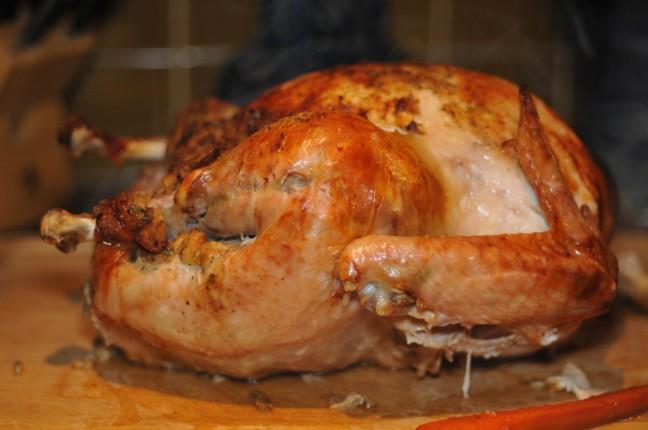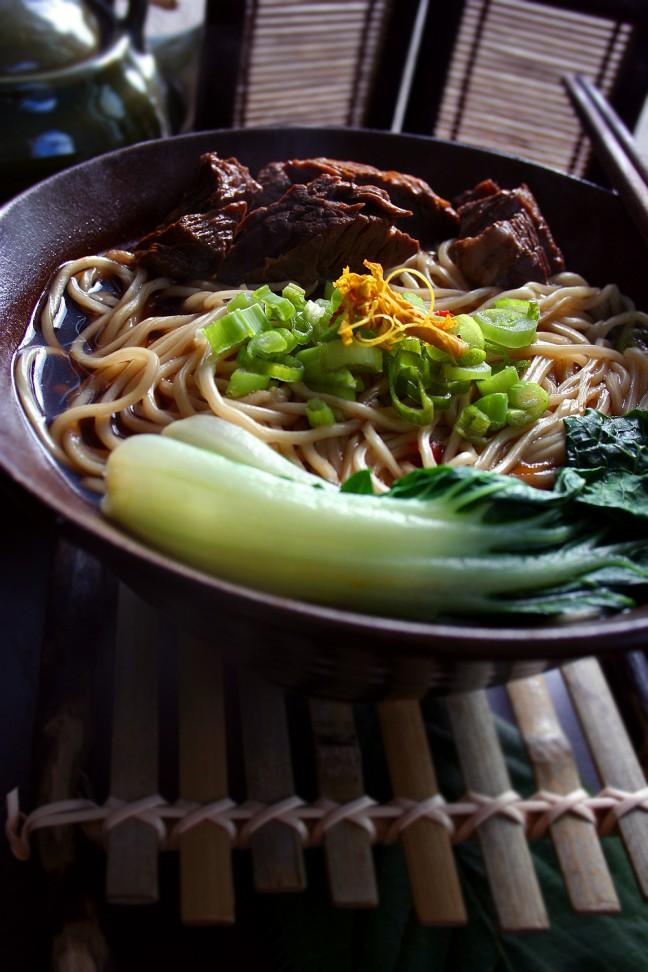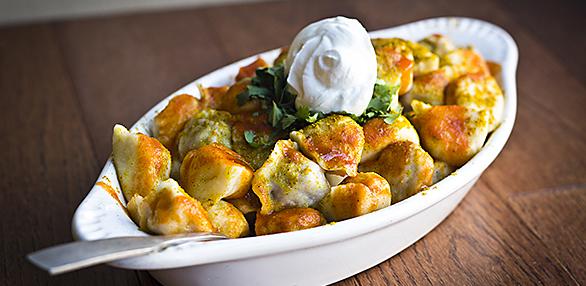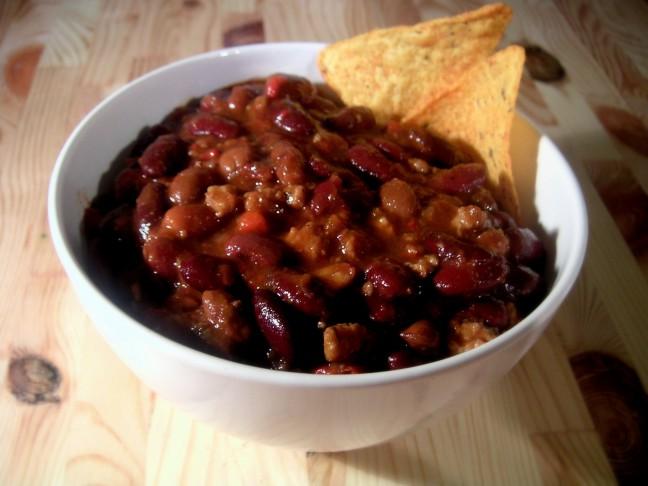For any Packer fan, mere mention of the upcoming big game probably induces a cringe. But the respect Wisconsin lost in football can be gained back in food. Let’s look at the regional cuisine of the two competing teams in Super Bowl XLVI:
New England Patriots:
Clam Chowder
Wisconsinites naturally love the idea of clam chowder, given that its main ingredients include milk, cream and potatoes. So do people from Massachusetts, who have held claim to the dish pretty much since the colonial era. A composite of all the ingredients readily available to newly-immigrated pioneers, the soup made of milk or cream, onions, potatoes and clams was a natural outgrowth of colonial life and represented a composite of all the ingredients at the heart of Massachusetts’s history as a colony and a state.
But that still doesn’t explain where the word “chowder” comes from. In fact, it doesn’t have much to do with the dish itself, but rather the container in which it was cooked. The term comes from the Latin word “calderia,” which literally refers to “a place for warming things” or the French “chaudiere,” meaning “cooking pot.”
Colonial women would throw all their chowder ingredients into a big pot and let them cook all day, turning into a giant communal dish for the family or extended family. This cooking method was convenient because it gave chore-laden families more time to do what they wanted rather than focus on making dinner.
Consequently, the only rational conclusion any serious scholar of clam chowder history can draw is that MAKING CHOWDER WAS LAZY. I mean, how much easier can it get? All they did was toss all the nearest food into a big pot and heat it up. Way to go, Patriots, your crowning dish requires the cooking skills of a fifth grader. Pathetic. Anyway, on to New York.
New York Giants:
Pizza
The truth is, a number of areas in the U.S. have sizable pizza traditions, most notably Chicago. But only New York can lay claim to the iconic pie – huge, flat, fold-able and sold by-the-slice.
Pizza first came to New York in 1905 when Gennaro Lombardi, a recent immigrant from Naples, began selling pizza at his shop in Lower Manhattan. These first pizzas were actually called “tomato pies” and were built with the sauce spread over the top of the cheese and toppings.
Since then, New York pizza has developed thicker crust, “aged” shredded cheese instead of fresh mozzarella, reversed its topping order and generally evolved into the paper plate-consuming monstrosity we know as NY pizza today.
One interesting fact that becomes increasingly clear as one delves deeper into NY pizza history is that NEW YORK PIZZA IS A SHAM. Really, New York? “Oh look, I’ve got this great, authentic, elegant, flavorful pie straight from Italy; let me pile a bunch of tasteless cheese on top and throw away these fresh tomatoes and put canned sauce on it and add some more grease to it for the drunks.”
What you call pizza, I call an American abomination. Time to throw the yellow flag, because this stuff is foul. For true Neapolitan pizza (I’m serious – San Marzano tomatoes from Naples and the whole nine yards), you only need to look right next door at Pizza Brutta, 1805 Monroe Street. That’s Wisconsin, Giants, doing your job better than you could do it yourself.
Wisconsin:
Cheese Curds
Wisconsin owes its rich dairy tradition to glacial movement, which gave way to lush pasture lands at the end of the Ice Age. The proliferation of farming and livestock that ensued, combined with cheese-making skills brought over by immigrants from Switzerland and Germany, gave rise to what is one of the greatest dairy traditions in the world.
Hence, If one had to point to a single quintessential Wisconsin dish, it would inevitably by cheese – and, by extension, cheese curds. Cheese curds are best eaten within a few hours, encouraging local dairy farms and cheese manufacturers. Making them requires labor and skill. They are not a sham. They are small, delicious and squeaky. Wisconsin wins; flawless victory.
Sam Stepp is a senior majoring in journalism. Comments, questions, recipes, suggestions? Email her at [email protected].











